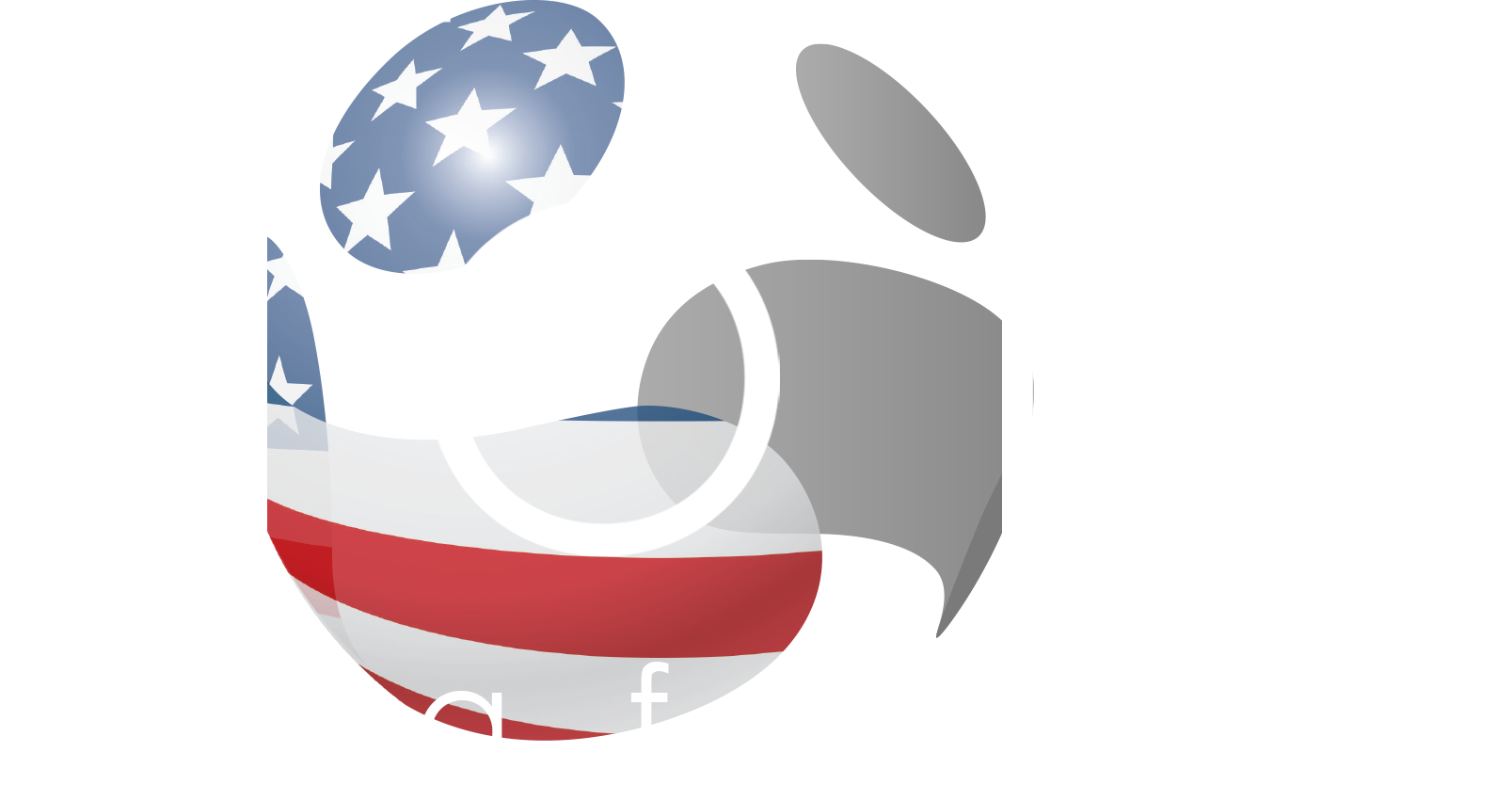The automotive industry in the U.S. is rapidly evolving, driven by technological advancements and shifting market demands. Effectively managing a multi-generational workforce during these times of change means embracing the diversity of age groups within your organization and leveraging their unique strengths. Cross-generational collaboration can offer numerous benefits, but it requires an understanding of how to engage and connect with different generations of employees.
The Importance of Managing a Multi-Generational Workforce
Effectively managing a multi-generational workforce is essential as each generation brings distinct skills and perspectives that can significantly enhance innovation, productivity, and overall business performance. Overcoming generational stereotypes and encouraging open-minded collaboration sets the tone for swift responses to market changes and technological advancements. Managers need to be attuned to different generations’ needs to maintain a happy workforce and a cohesive company culture.
Challenges of a Multi-Generational Workforce
While a multi-generational workforce offers many benefits, it also presents challenges. Common obstacles include:
- Communication Issues: Different generations may have varying communication styles.
- Overcoming Stereotypes: Negative stereotypes can hinder collaboration and morale.
- Managing Expectations: Diverse age groups may have different expectations regarding work-life balance, career progression, and benefits.
- Creating Cohesion: Fostering a unified company culture that respects and integrates generational differences can be challenging.
Effective Strategies for Managing a Multi-Generational Workforce
- Establish Trust and Respect: Build trust by encouraging collaboration and valuing differences. Regular one-on-one meetings create a secure environment for sharing. Managers should practice active listening and encourage open discussions about career goals, work-life balance, and job satisfaction.
- Encourage Knowledge Sharing: Facilitate intergenerational learning to increase mutual understanding and pass down valuable skills and insights in preparation for older generations transitioning out of the industry for retirement. Promote the advantages of a multi-generational workforce during diversity and inclusion training.
- Normalize Employee Feedback: Creating multiple feedback channels for employees is crucial. While some are comfortable voicing their needs openly, others may be more reserved due to personality or generational differences. Older generations might struggle with evolving workplace cultures. Managers should work with internal communicators to offer varied feedback options. This ensures all employees feel valued and heard, regardless of their comfort with traditional hierarchies.
- Align Teams Through Clear Expectations: Setting goals and establishing clear expectations are vital for getting teams on the same page. This is especially important in a multi-generational workforce, as employees in their early 20s may interpret instructions differently than those in their 50s.
- Develop a Strong Employee Value Proposition (EVP): Conduct staff benefits surveys to understand what matters most to your employees and offer a variety of benefits that cater to diverse needs. For example, employee wellness programs and flexible working arrangements are generally attractive to all generations. In contrast, financial investment programs or social events may appeal to specific age groups, reflecting where each generation is in their life.
- Optimize Your Multi-Generational Hiring Process: Eliminate age bias by educating recruiters and HR staff. Expand recruitment channels to reach a diverse pool of candidates from different generations.
- Showcase an Inclusive Employer Brand: Use inclusive language in job ads and showcase diversity in branding materials. Incorporate images that reflect a diverse workforce.
- Accommodate Diverse Working Styles and Needs: Recognize that different generations bring diverse working styles and needs to the table. Since employees at different life stages have unique needs, providing flexible work options tailored to their individual situations can greatly contribute to a happy and engaged workforce.
- Provide Continuous Learning and Development Opportunities: Invest in training and development programs that address the unique strengths and areas for improvement of all generations.
Final Thoughts
Effectively managing a multi-generational workforce involves focusing on communication, adaptability, and leveraging the unique strengths of each generation. It’s essential to see employees as individuals beyond their generational labels and to create a unified company culture that values each person’s contributions. Successful management of a multi-generational workforce not only enhances employee interactions but also creates a more productive work environment.
If you’re looking to optimize your employee attraction and retention strategies, we’re here to help. Contact us today to discover how we can support you in effectively managing your multi-generational workforce.
< back to other articles
